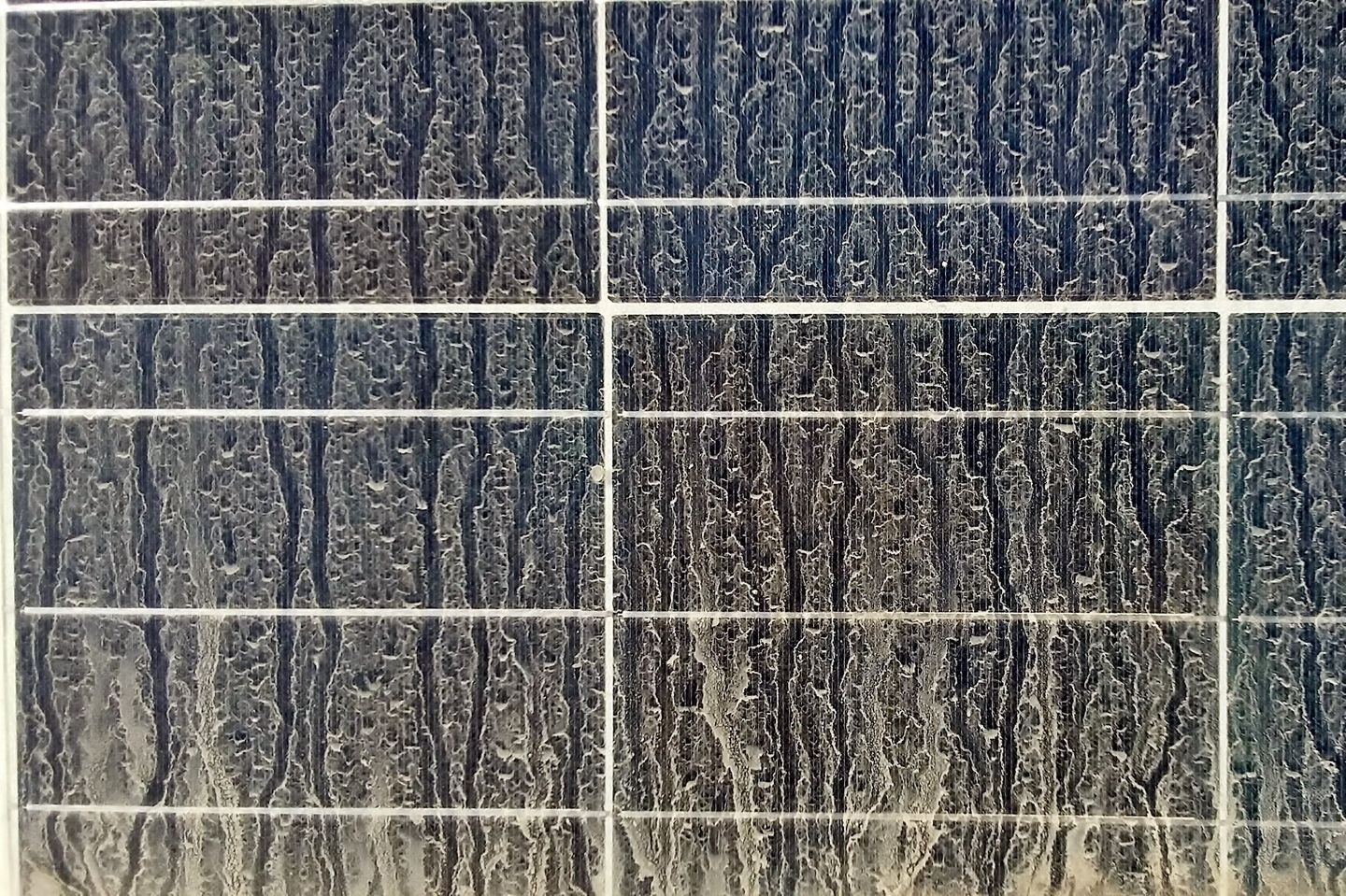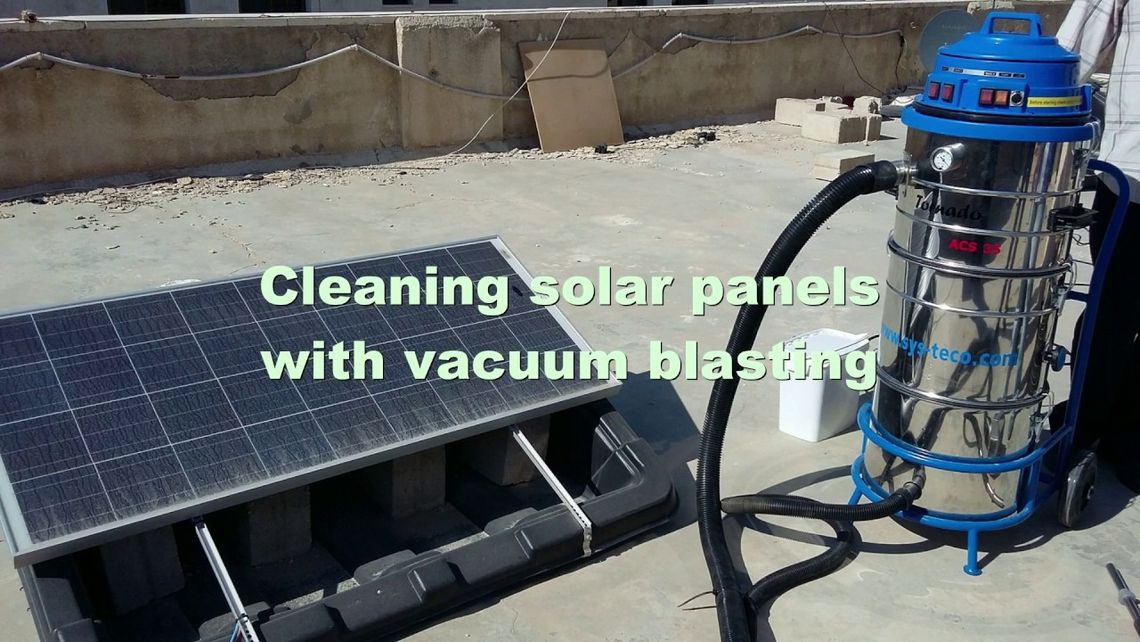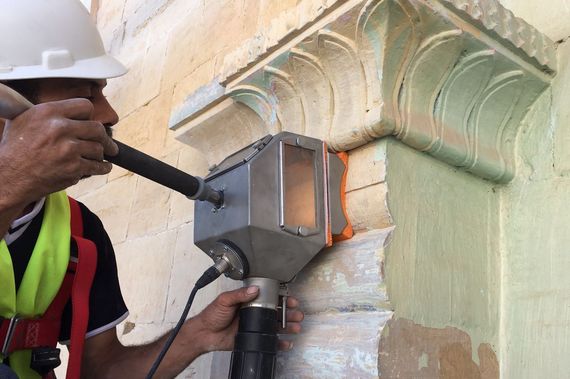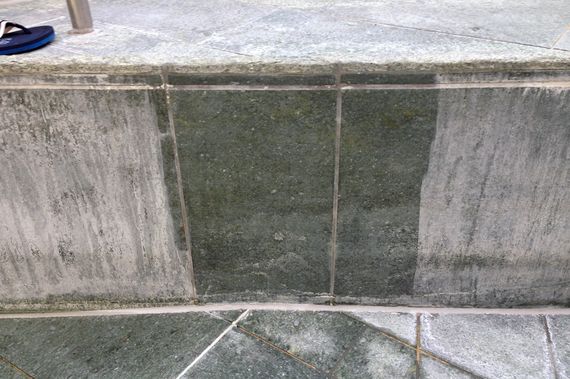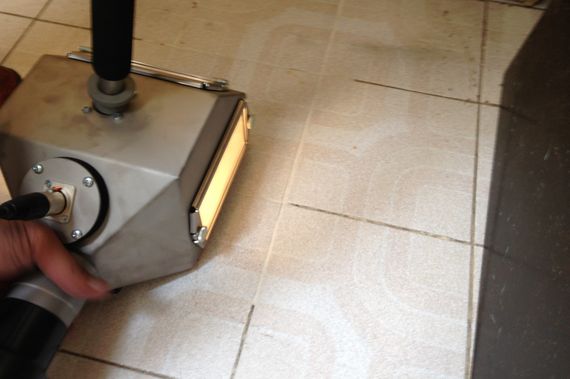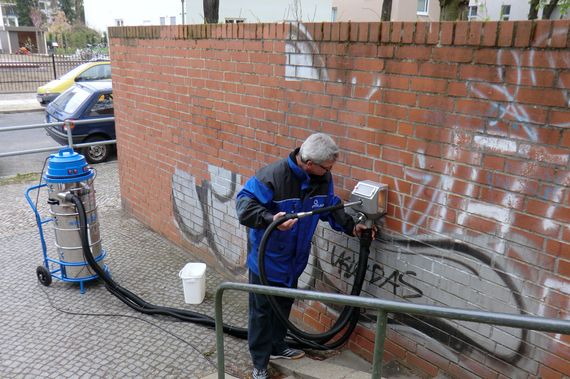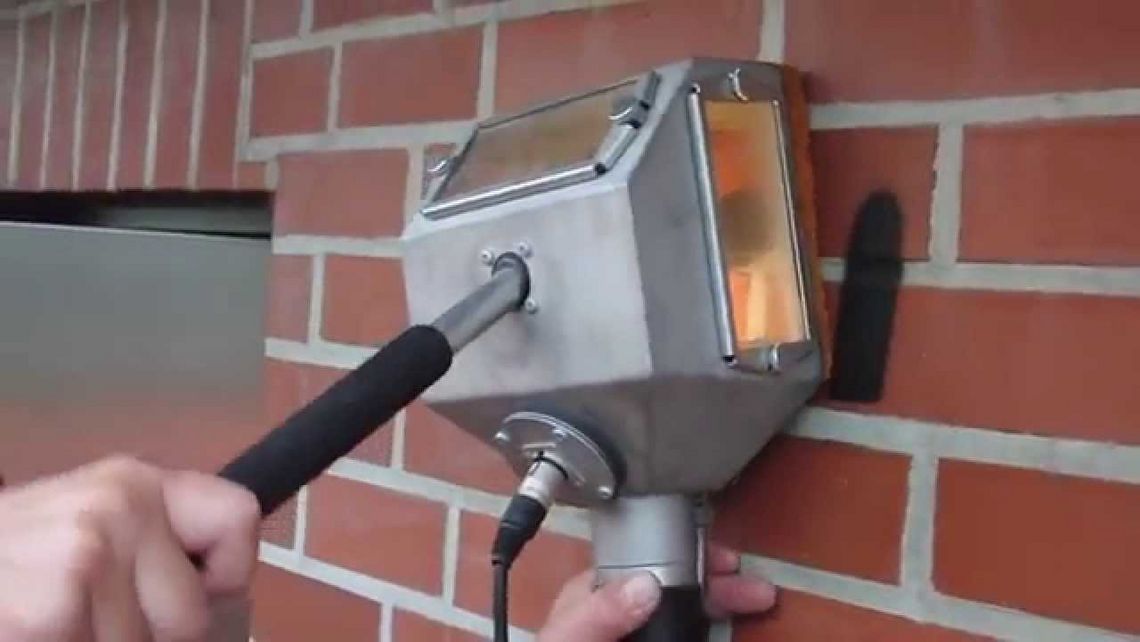Solar cell cleaning
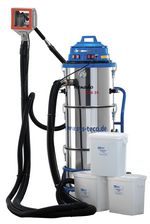
Solar cell cleaning is in most of cases not necessary, since photovoltaic modules are usually self cleaning. Due to the mostly oblique installation of the modules, the contamination is eliminated by the next rainfall. However, this does not apply to every region in which a solar system is installed. For example, if a solar installation is used in an area where the air is very saline and there is little rain, it can happen that the rain does not manage to clean the solar modules alone. For the production of electricity, however, it is important that as much light as possible can penetrate the solar cells.
With the vacuum blasting method of systeco cleaning technology, these stubborn soiling can be easily removed. The vacuum blast process is very environmentally friendly and protects the surface. With nutshell granules, the glass surface is completely cleaned and the electricity yield rises again to 100%.
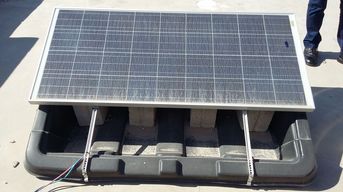
Solar panel with lime corrosion
Many manufacturers claim that solar systems are self-cleaning - and only a small effort is necessary. But this is only partly correct, because the dirt, dust or soot particles floating in the clouds and atmosphere are taken away by the rain and onto the solar modules.
While rain removes a certain portion of the available loose soiling, but carries new dirt particles. In the end, a soar system can look as in the photo.
